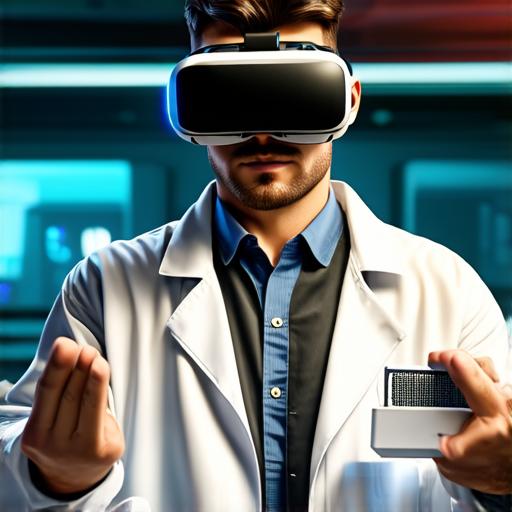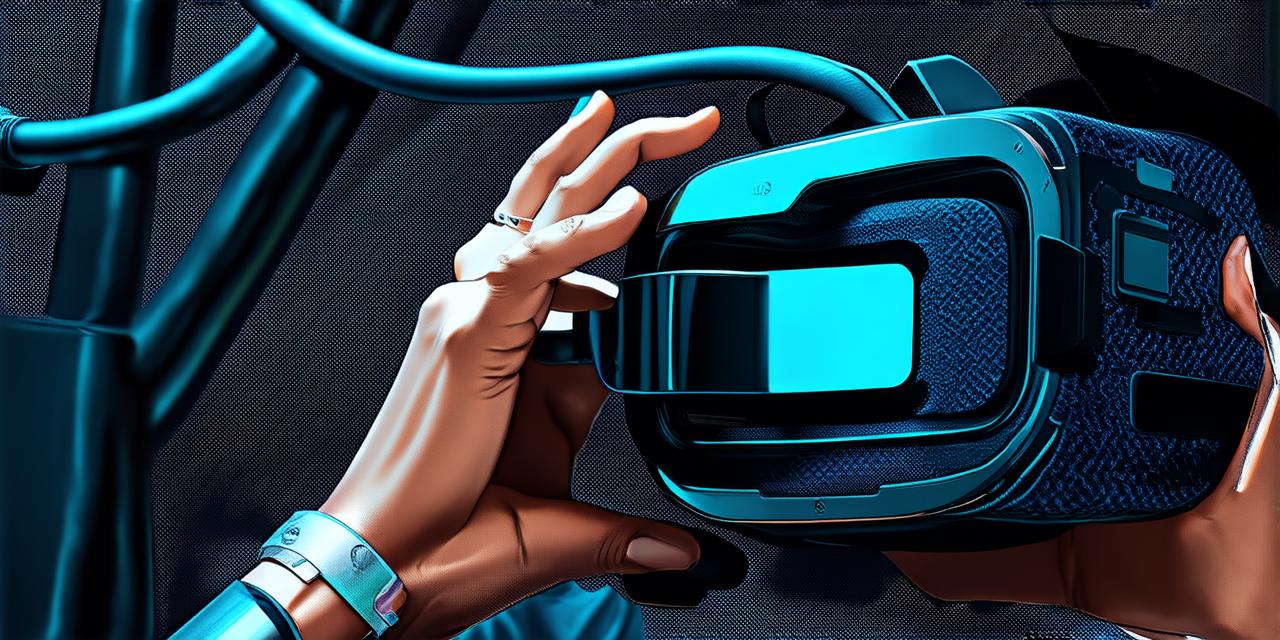The Inventor of the First VR Headset
Virtual reality (VR) has come a long way since its inception, and it’s hard to imagine life without this immersive technology today. But who was the pioneer behind this revolutionary concept? In this article, we will explore the journey of the inventor of the first VR headset and how their work laid the foundation for the VR industry as we know it today.
The Early Days of Virtual Reality
Before the invention of the VR headset, there were several attempts to create immersive experiences using projectors and screens. In 1962, Ivan Sutherland, a computer science professor at MIT, created “Swordfishtrombone,” an interactive program that allowed users to manipulate virtual objects in a 3D space. However, this experience was limited by the lack of a head-mounted display (HMD) that could provide true immersion.
In the late 1970s and early 1980s, researchers at Stanford University started working on a prototype VR system called “The Sword of Damocles.” This system used two CRT monitors mounted above the user’s head to create a stereoscopic effect. While this setup was bulky and cumbersome, it marked the beginning of practical virtual reality technology.
Inventor of the First VR Headset: Jaron Lanier
One of the earliest pioneers in VR technology was Jaron Lanier, an American author and computer scientist who coined the term “virtual reality” in 1984. In 1983, Lanier developed a prototype VR headset called the “EyePhone,” which used two LCD screens mounted on a pair of glasses to create a stereoscopic effect. The EyePhone was not commercially successful, but it laid the foundation for future VR headsets.
Lanier’s work in VR technology continued throughout the 1980s and 1990s, and he went on to develop several other VR prototypes, including the “Oculus” headset in 1985. The Oculus was a significant milestone in VR history as it marked the first time that a VR system was commercially available.
In 1992, Lanier co-founded the company “Virtual Reality Medical Center,” which aimed to use VR technology for medical training and therapy. This company paved the way for other VR startups and helped establish the medical industry as a key market for VR technology.
The Impact of VR on Society
The invention of the first VR headset has had a profound impact on society, from entertainment to education and beyond. Today, VR technology is used in a wide range of applications, including gaming, training simulations, and medical treatments.
One of the most significant impacts of VR technology has been in the field of gaming. With VR headsets like the Oculus Quest and HTC Vive, gamers can immerse themselves in a fully interactive 3D world that feels as real as the real thing. This has led to the development of new types of games that rely on the unique features of VR technology, such as “room-scale” experiences that require players to move around physical space.
In addition to gaming, VR technology has also found applications in education and training. For example, medical students can use VR simulations to practice surgical procedures, while pilots can use VR simulations to practice flying without the risk of injury or damage to equipment.
Conclusion
The invention of the first VR headset was a significant milestone in the history of virtual reality technology. While there were several pioneers who contributed to the development of VR technology, Jaron Lanier’s work was instrumental in laying the foundation for the modern VR industry. Today, VR technology continues to evolve and expand into new applications, from entertainment to education and beyond. As we look to the future of VR, it’s clear that this technology will continue to have a profound impact on society and shape our imagination in ways we can only begin to imagine.
FAQs

Who was the first person to invent the VR headset?
Jaron Lanier is often credited with inventing the first VR headset, although there were several other pioneers who contributed to its development.
What was the first VR headset called?
The first VR headset was called the “EyePhone,” which was developed by Jaron Lanier in 1983.
When was the first commercially available VR headset released?
The first commercially available VR headset, the Oculus, was released in 1992.
What are some of the key applications of VR technology today?
VR technology is used in a wide range of applications, including gaming, training simulations, and medical treatments.
